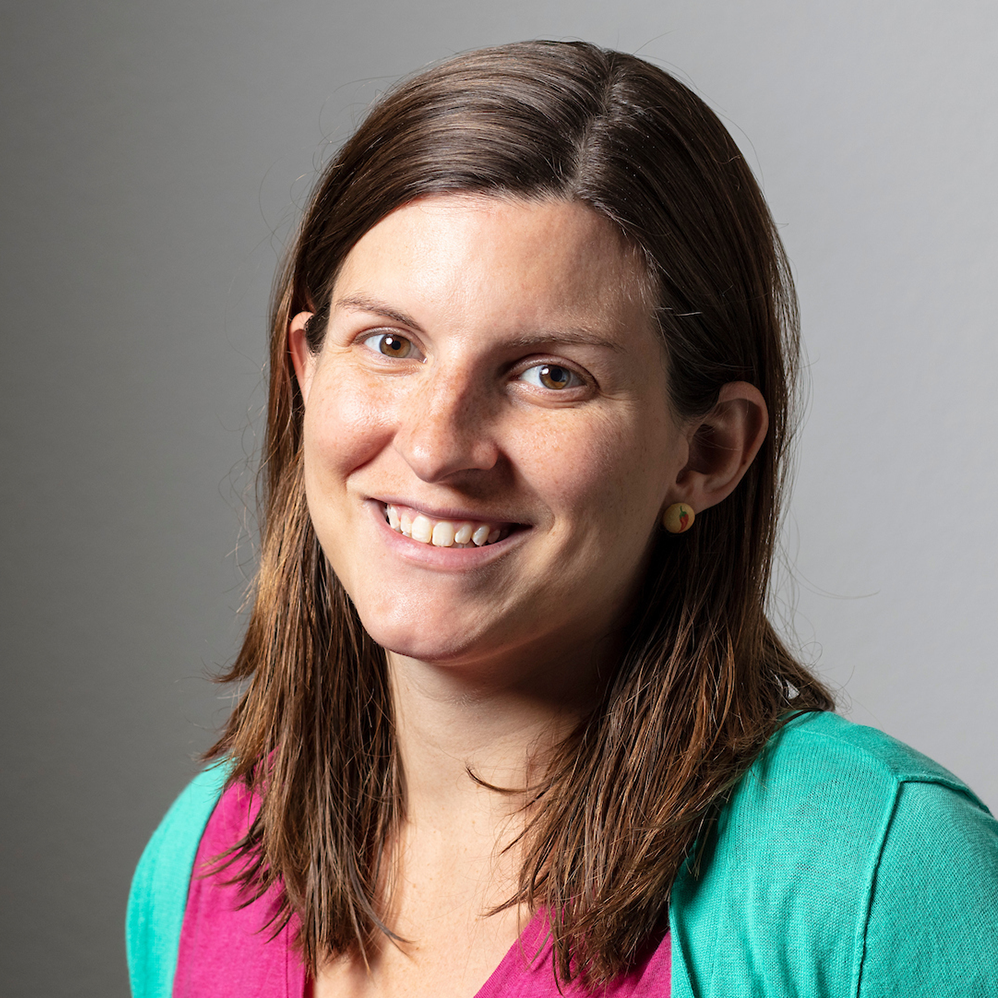
‘Warning cry’ over lack in refugee job training

Swiss social aid administrators are calling on the government to act in the face of increasing numbers of refugees and asylum seekers who must be integrated into the job market. They warn of a “catastrophic” social and financial situation if the status quo continues.
It would be up to lawmakers to approve more money and a structured plan to let asylum seekers and refugees access job training more quickly. Until recently, asylum seekers often waited years for a decision on whether they could stay in Switzerland, stalling their ability to learn and work in a new trade.
A change in law last year reduced the waiting time, but experts say there are not many coordinated job training programmes available for them. The Swiss government has been leaving it up to cantons to organize such programmes. Social aid workers say the current offering is inadequate.
“Doing nothing will get very expensive,” said Therese Frösch, co-president of the Swiss Conference on Social Aid (SKOS), an association of social aid workers, while presenting a 10-point plan to address job integration for refugees in Bern on Friday.
The plan calls on the government and cantons to provide CHF100 million ($99 million) in additional funding for integrating asylum seekers and refugees into the workforce. It involves developing more language and job-training programmes, business-sector involvement and job coaching. Proponents also want increased federal and cantonal funding and less red tape in terms of fees and age limits.
The government now gives cantons about CHF6,000 per asylum seeker. Felix Wolffers, head of the city of Bern’s social aid services, said on Friday that CHF20,000 to 25,000 is needed to prepare an asylum seeker for the workplace. He called it a good investment because one year of social aid dependency costs the same amount.¨
“We’re heading for a catastrophe if we don’t act. It’s already five minutes after midnight, and time is running out,” he said.
Statistics show that just under half of recognised refugees and a quarter of those temporarily admitted to the country have a job after 10 years spent in Switzerland, with the rest reliant on social aid money. Canton Graubünden has had the most success with training refugees and asylum seekers for the workforce, with more than 40% integrated into the job market after seven years in large part due to its job coaching programme.

More
How Graubünden integrates asylum seekers in the job market
Work training
The measures recommended by SKOS on Friday involve creating 5,000 new jobs for asylum seekers “as quickly as possible” through a financial and organisational “integration offensive” on the part of the federal government and cantons. Kurt Zubler, head of the integration office in canton Schaffhausen, said that 95% of refugees should have a Swiss vocational training qualification by the time they reach age 30.
To date, individual cantons and organisations have launched work-training programmes for asylum seekers and refugees, but there was little coordinated national strategy until the federal government called for a broader apprenticeship offering in December 2015. Various analyses of the situation followed from the State Secretariat for Migration, and in June 2016, Swiss voters opted for a new asylum law that prioritises fast asylum decisions and integration.
However, SKOS continues to argue that the lack of national oversight and funding prevents “efficient and sustainable” organisation and says that the government’s December 2015 plan is not enough to address the rising number of asylum seekers and refugees without work.
Price of doing nothing
Antoinette de Weck, director of education and social work in canton Fribourg, said the 10-point plan presented Friday is a “warning cry” from cantons like hers struggling with a lack of medical care, education and job options for refugees who are sent to them. De Weck said that more and more of the people coming to her canton are unaccompanied minors with little to no education.
When asked about the pitfalls of extending the offering to asylum seekers who have only been temporarily admitted, Wolffers answered that he’d “rather see them working” than doing nothing while they are in Switzerland. Many temporarily admitted asylum seekers come from countries such as Iraq, Afghanistan and Syria and may not legally be sent back until conflicts in those places have ceased.
In 2016, a total of 13,354 migrants were admitted to Switzerland with either permanent or temporary refugee status, for a total of 69,276 since 2010.

In compliance with the JTI standards
More: SWI swissinfo.ch certified by the Journalism Trust Initiative































You can find an overview of ongoing debates with our journalists here . Please join us!
If you want to start a conversation about a topic raised in this article or want to report factual errors, email us at english@swissinfo.ch.